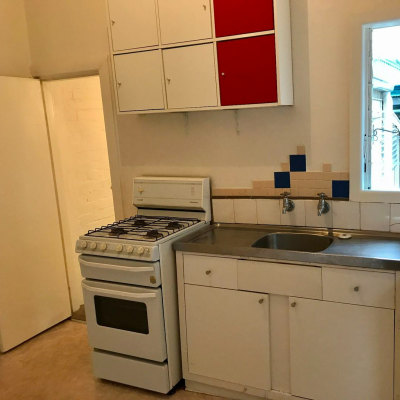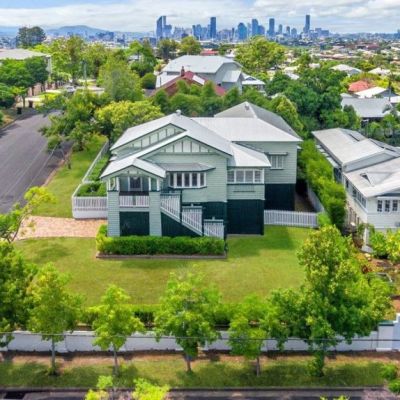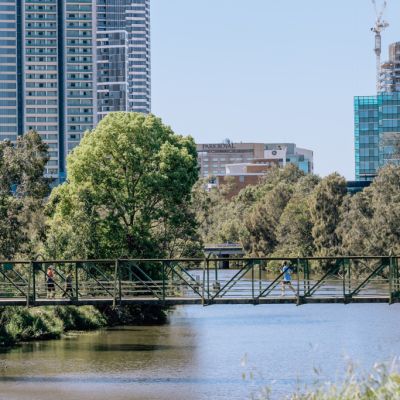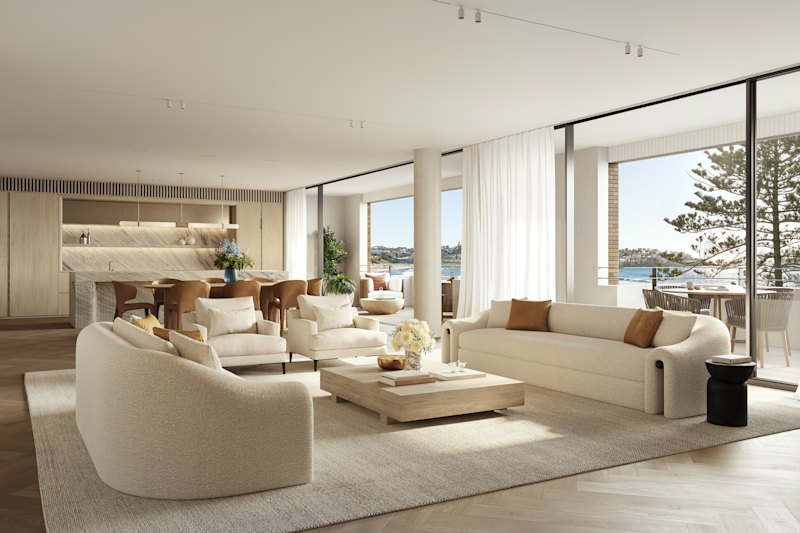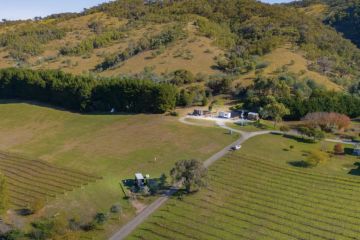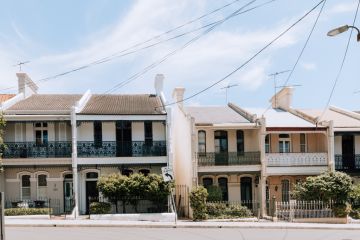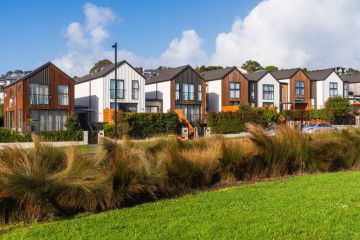Rent prices soar to record highs across Australia again as crisis deepens
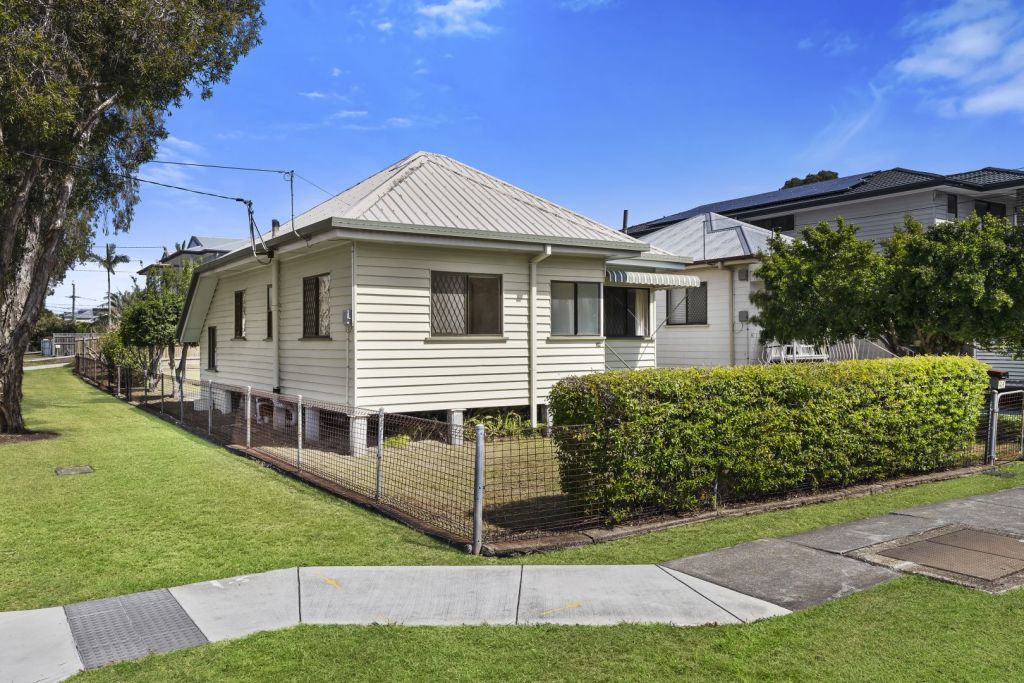
Australian tenants are suffering through the longest stretch of continuous rental price growth on record, with new data revealing rents have hit record highs across the capital cities yet again.
The latest Domain Rent Report for the September quarter found house rents have risen for the sixth consecutive quarter and unit rents for their fifth, notching up the highest growth ever, both annually and quarterly.
Tenants in Brisbane are being the hardest hit, with the city recording the country’s biggest quarterly jump in house rents of 5.8 per cent – making that an astounding 22.2 per cent hike in the past 12 months – to a new record median weekly rent of $550.
“There’s a lot of pain and distress out there at the moment,” said Penny Carr, the chief executive of Tenants Queensland. “A lot of people, working households, are at the threat of homelessness who’ve never been in that position before, and never thought they ever would be.
| Capital city | Sep-22 | Jun-22 | Sep-21 | Quarterly change | Annual change |
| Sydney | $650 | $620 | $570 | 4.8% | 14.0% |
| Melbourne | $470 | $460 | $430 | 2.2% | 9.3% |
| Brisbane | $550 | $520 | $450 | 5.8% | 22.2% |
| Adelaide | $490 | $480 | $440 | 2.1% | 11.4% |
| Perth | $500 | $499 | $450 | 0.2% | 11.1% |
| Canberra | $680 | $690 | $630 | -1.4% | 7.9% |
| Darwin | $613 | $600 | $595 | 2.1% | 2.9% |
| Hobart | $540 | $540 | $495 | 0.0% | 9.1% |
| Combined capitals | $530 | $520 | $470 | 1.9% | 12.8% |
“It’s a battle for them to find a property at an affordable rent,” Carr said. “Then, when they do, there’s so much churn as landlords are putting up rents and we still have no-reason evictions so tenants find themselves subject to churn if they can’t pay them. The situation is only going to get worse when the overseas students and backpackers and overseas workers come back.”
Just this week, she was approached by a single mum of two small special-needs children, who’s just been told her rent is to climb by $100 a week that she doesn’t have the means to pay, and now fears being turned out onto the streets.
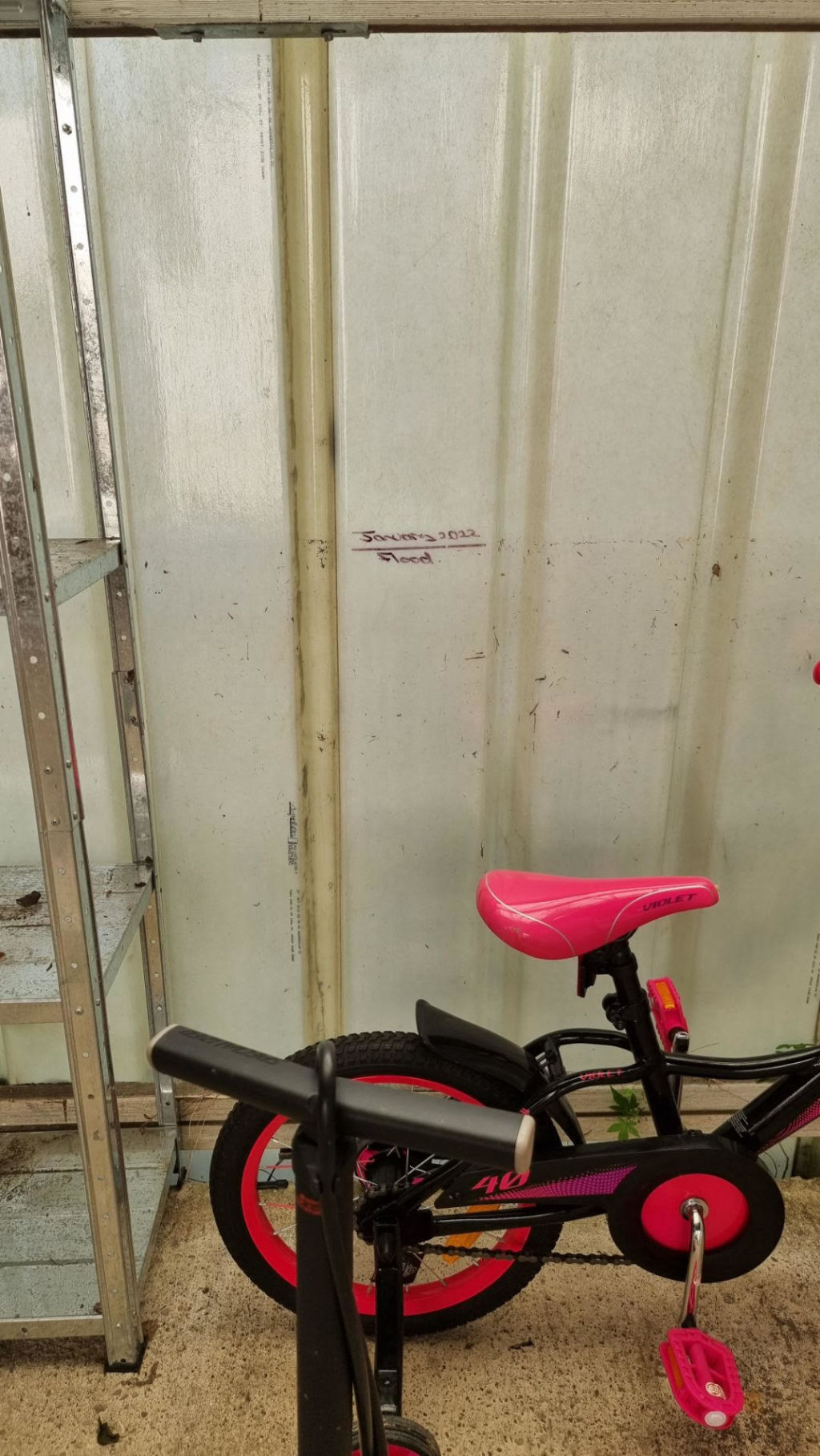
Another man with a well-paying job had finally found a home after applying for 30 unsuccessfully – only to move in and discover a line scratched halfway up a wall, with the words “January 2022 flood” scrawled on it. He was never warned and had no idea.
In Sydney, house rents jumped by 4.8 per cent over the quarter, making it a 14 per cent annual jump to a fresh record of $650 a week.
As well as many people being unable to pay such a huge chunk of their income in that kind of rent every week, it also means that tenants are facing extreme levels of emotional stress.
“They’re having to compete with so many others to find a home and it also exacerbates the way they feel unable to ask for repairs to be done, or different things to be taken care of, or to complain about breaches of their conditions like landlords visiting too often,” said Tenants Union of NSW chief executive Leo Patterson Ross.
“They decide not to bring things like that up as they’re nervous that the rent will be put up again as a result, or there’ll be a retaliatory eviction. A lot of them are staying put too, knowing it’s so hard to find anywhere else, which means there are even fewer places available.”
Melbourne had the third-highest rise of the quarter, at 2.2 per cent, or 9.3 per cent annually, to $470 a week, while house rents in both Adelaide and Darwin rose by 2.1 per cent.
Melbourne remains the cheapest capital city in which to rent a house, despite its latest price increase.
Only in Canberra did rents show a slight softening, with a 1.4 per cent fall to what is still, however, the highest rent in Australia at $680.
Unit rents also saw similar big rises. In Adelaide, they went up 5.3 per cent for the quarter, or 14.3 per cent for the year; in Perth up by 5 per cent and 10.5 per cent for the year; in Sydney 4.8 per cent and 14.6 per cent for the last 12 months; Darwin 4.2 per cent and 8.7 per cent; and Melbourne 3.7 per cent and 14.9 per cent.
| Capital city | Sep-22 | Jun-22 | Sep-21 | Quarterly change | Annual change |
| Sydney | $550 | $525 | $480 | 4.8% | 14.6% |
| Melbourne | $425 | $410 | $370 | 3.7% | 14.9% |
| Brisbane | $460 | $450 | $410 | 2.2% | 12.2% |
| Adelaide | $400 | $380 | $350 | 5.3% | 14.3% |
| Perth | $420 | $400 | $380 | 5.0% | 10.5% |
| Canberra | $550 | $550 | $520 | 0.0% | 5.8% |
| Darwin | $500 | $480 | $460 | 4.2% | 8.7% |
| Hobart | $450 | $450 | $400 | 0.0% | 12.5% |
| Combined capitals | $490 | $460 | $420 | 6.5% | 16.7% |
At the same time, vacancy rates are shrinking alarmingly, with Domain figures showing Brisbane’s has been sitting at a low 0.6 per cent for five months now, while Sydney’s has fallen to a record low of 1.1 per cent.
The situation is being aggravated by vacant rental listings nationally that are 48.6 per cent lower annually, breaking another gloomy record.
At property management agency Different, national leasing head Kimberley Edge said the demand for rentals was being inflated by the number of people unable to buy homes because of high prices and interest rate rises, so were looking for rentals instead.
“We’re seeing tenants so desperate to find a place after going to so many inspections and being knocked back because competition is so fierce, they’re offering more than the rent being asked which pushes the rents up even further,” Edge said. “Some are also offering rent three months in advance.
“It’s great for landlords, with rental yields going up in most cities over the quarter, but it’s quite hard for good landlords who don’t like to see families and young couples struggling. But it’s proving very stressful for tenants in these situations as many of these rents just aren’t affordable.”
The return of some degree of overseas migration and a swathe of international students is putting more pressure on rental markets, since most of the arrivals are also looking for homes to rent. But with numbers starting to rise, the shortage of rentals is likely to push rents up still higher.
“It’s about supply and demand and, at the moment, there just isn’t enough supply,” Carr said. “The private rental market just isn’t delivering enough homes. We need a multi-pronged strategy – more public and affordable housing, more government assistance, more build-to-rent housing and better legislation to protect tenants.
“We also need a register of landlords to see where there are multiple properties being left vacant or put on short-term platforms that need to be in the residential market. Landlords know everything about their tenants, but no one knows anything about landlords.”
We recommend
We thought you might like
States
Capital Cities
Capital Cities - Rentals
Popular Areas
Allhomes
More
